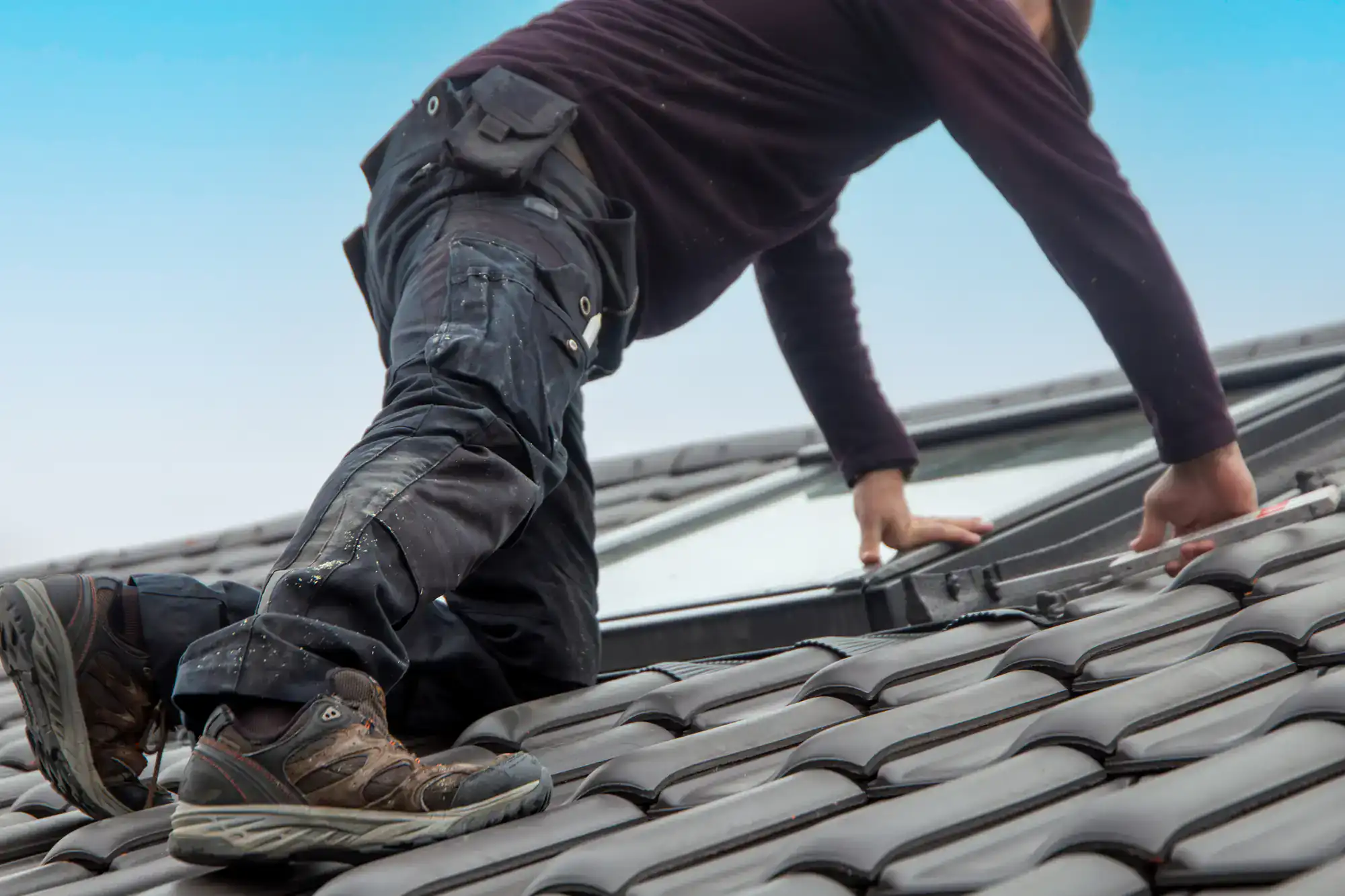
Hear from Our Customers
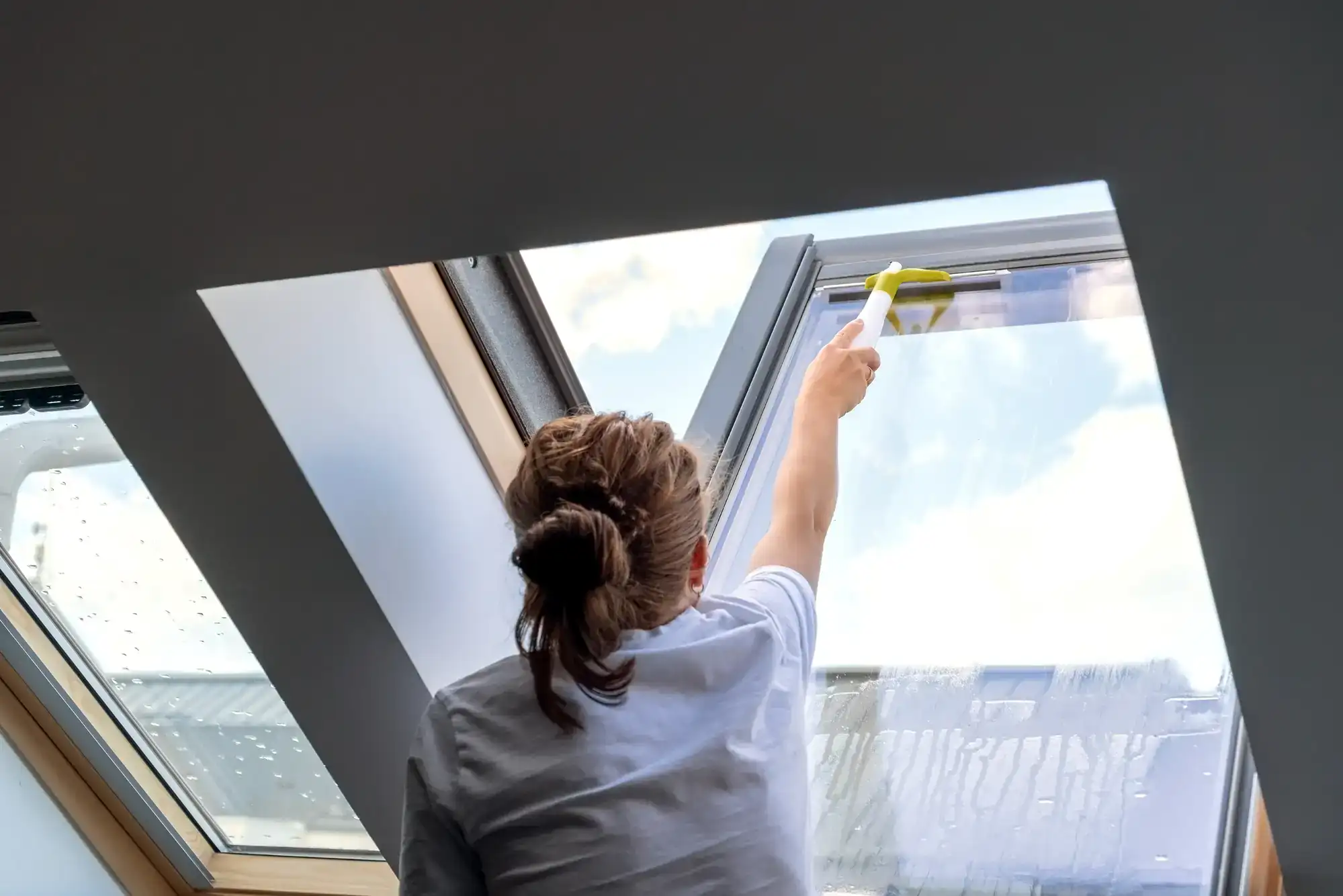
You wake up to natural light streaming through skylights that don’t leak, don’t fog up, and don’t keep you awake during storms. Your energy bills drop because you’re not running lights all day or cranking the AC to compensate for heat gain from cheap skylights.
The anxiety about the next nor’easter? Gone. These aren’t the flimsy skylights that failed during Sandy or the ’91 Perfect Storm. Hurricane-rated glass means when debris flies, your skylights stay intact. When wind howls at 70+ mph, the seals hold.
You get the coastal living experience you moved here for—abundant natural light, ocean views, fresh air circulation—without the maintenance nightmares that come with inferior installations.
We’ve been serving West Hampton Dunes homeowners who understand that cheap skylights become expensive problems. We’ve seen what happens when contractors who don’t understand barrier island conditions try to install skylights here.
The salt air, hurricane-force winds, and temperature swings between ocean and bay sides aren’t just weather—they’re design challenges. That’s why we only install VELUX hurricane-rated systems with specialized coastal flashing. Your $3.8 million home deserves skylights engineered for these conditions, not generic units that work fine in Kansas but fail here after two seasons.
We’re local enough to understand West Hampton Dunes’ specific challenges, experienced enough to handle them correctly the first time.
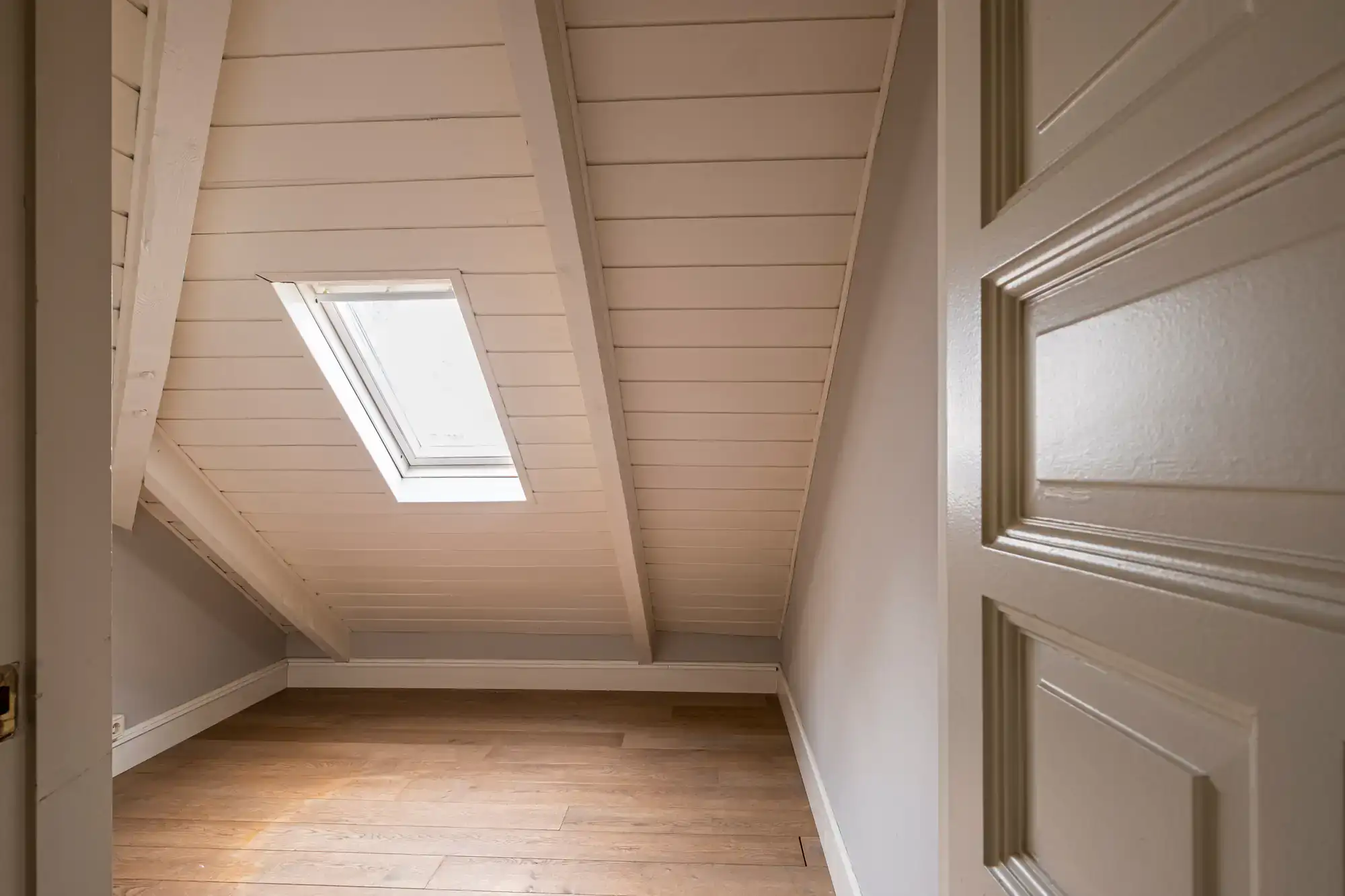
First, we assess your roof structure and coastal exposure. West Hampton Dunes homes face unique wind patterns and salt exposure that affect skylight performance. We measure wind load requirements and determine the right hurricane rating for your specific location.
Next comes the installation itself. We cut the opening with surgical precision, install the skylight with three layers of water protection, and use VELUX’s specialized step flashing system. This isn’t standard flashing—it’s engineered specifically for coastal conditions and alternates with your roofing material to direct water away from the skylight.
Final step is testing and warranty registration. We verify the seal, check the operation, and register your 10-year installation warranty. You get documentation showing your skylights meet Miami-Dade hurricane standards—important for insurance and resale value.
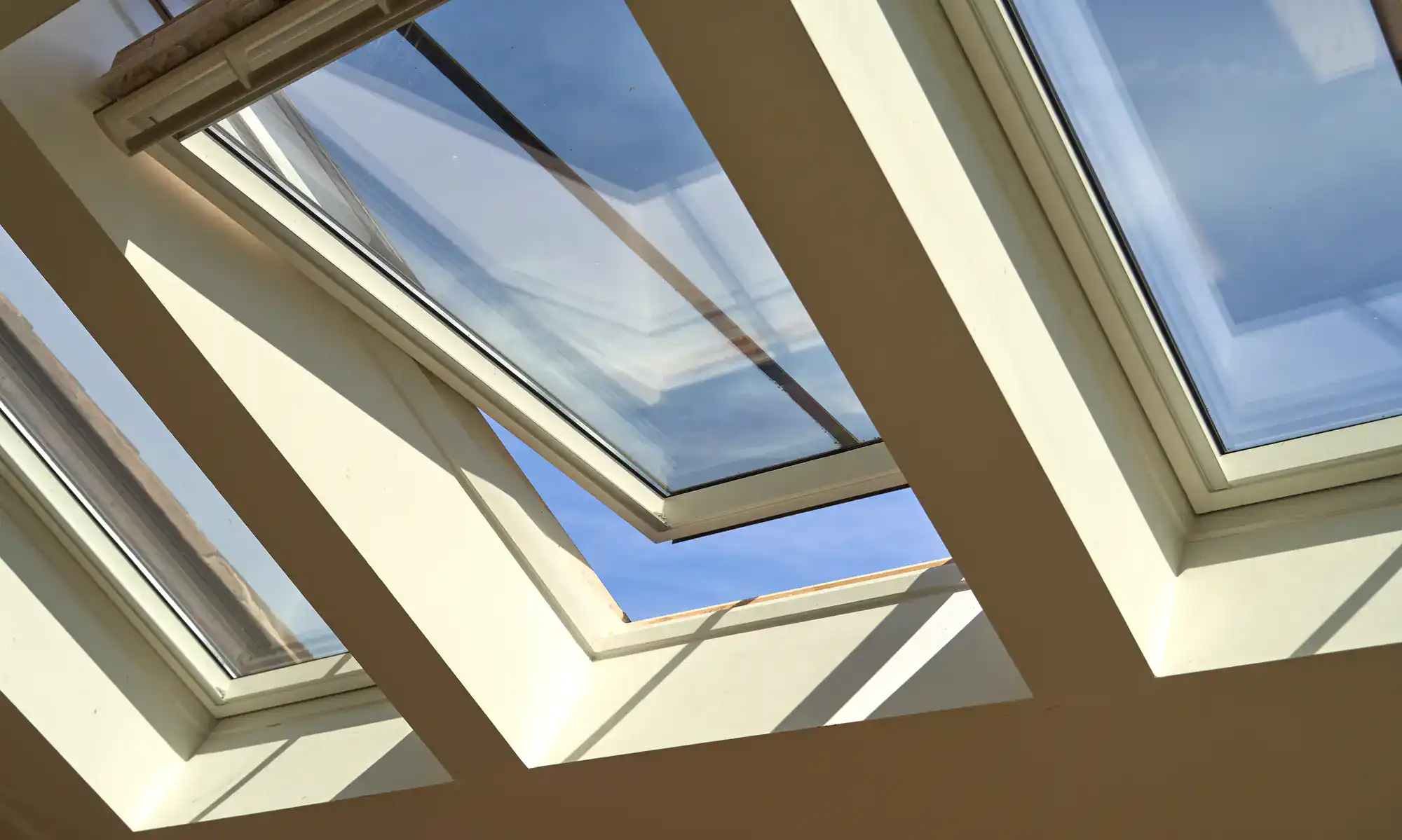
Ready to get started?
Every skylight installation includes hurricane-rated VELUX units with LoĒ-340 glass designed for coastal areas. This isn’t regular glass—it’s laminated to stay intact even when shattered, tested to withstand winds over 70 mph, and carries Miami-Dade certification.
You get specialized coastal flashing systems that handle the unique drainage challenges of barrier island homes. Standard flashing fails here because water behaves differently when driven by ocean winds. Our installations include step flashing that works with West Hampton Dunes’ specific weather patterns.
Energy efficiency comes standard. These skylights reduce artificial lighting needs by up to 70% and help regulate temperature naturally. In a community where homes average 4,000+ square feet, that translates to meaningful utility savings. Plus, the natural light helps combat seasonal depression common in coastal areas during long winters.
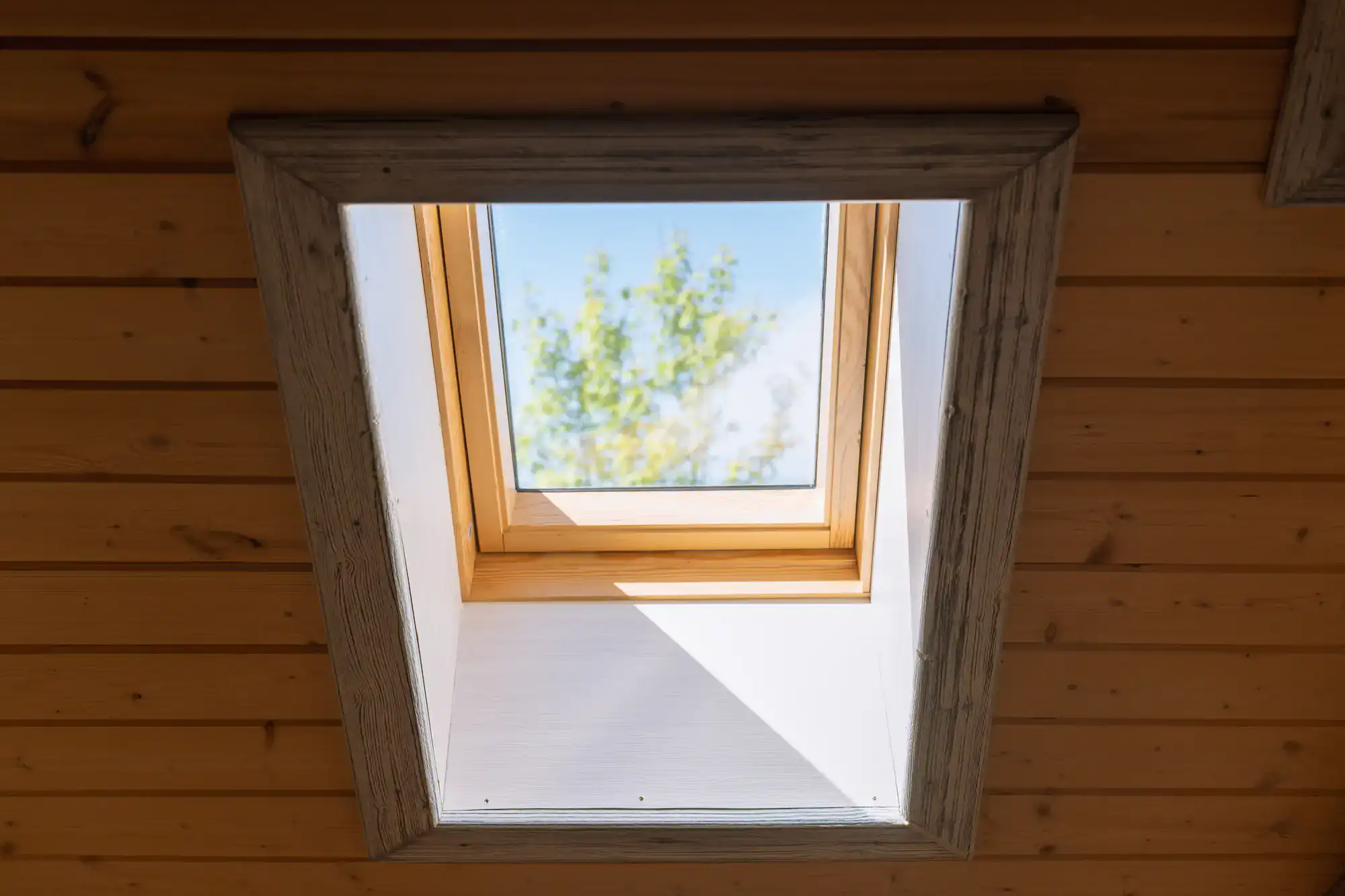
Modern hurricane-rated skylights are completely different from what was available in 1991. VELUX hurricane-rated units undergo Miami-Dade testing, which means they’re tested with projectiles launched at high speeds to simulate flying debris during hurricanes.
The glass is laminated, so even if it cracks, it stays in one piece like your car windshield. The frames include extra fastening points and specialized sealants that maintain integrity during pressure fluctuations up to 140 mph winds. These skylights are designed specifically for areas that get hit by major storms regularly.
We’ve installed these systems in homes that weathered Sandy and subsequent storms without issues. The key is proper installation with coastal-specific flashing that handles the unique wind and water patterns of barrier island weather.
In West Hampton Dunes homes, skylights typically reduce artificial lighting use by 60-70% during daylight hours. For a 4,000 square foot home, that can mean $200-400 annual savings just on lighting costs.
The bigger savings come from natural temperature regulation. Quality skylights with proper glass coatings reduce heat gain in summer and heat loss in winter. Many homeowners see 15-20% reductions in HVAC costs, which in high-end homes can mean $800-1,500 annually.
ENERGY STAR qualified skylights like VELUX units are tested for heat loss, heat gain, and light transmittance. They’re designed to maximize natural light while minimizing energy transfer. In coastal areas with extreme temperature swings, this makes a noticeable difference in both comfort and utility bills.
VELUX skylights installed with proper flashing carry a 10-year installation warranty specifically covering leaks. This isn’t a pro-rated warranty—it’s full coverage for the first decade.
The three-layer protection system includes deck sealing, underlayment integration, and specialized step flashing. Each layer is designed to handle water even if the others fail. The step flashing alternates with your roofing material and directs water away from the skylight opening.
If you do experience a leak, we respond quickly because water damage in coastal homes can escalate fast due to humidity and salt air. Most leak issues we see are from skylights installed by contractors who don’t understand coastal drainage patterns. Proper installation prevents 95% of leak problems before they start.
Roof replacement is actually the ideal time for skylight installation or replacement. When the roof deck is exposed, we can properly integrate the skylight flashing with your new roofing system for maximum water protection.
If you have old skylights, now’s the time to upgrade to hurricane-rated units. Skylights older than 15 years typically use outdated sealing methods and single-pane glass that doesn’t meet current energy codes. Replacing them during re-roofing avoids the cost of removing new shingles later.
We coordinate timing with your roofing contractor to ensure proper sequencing. The skylight installation happens after deck work but before final roofing, allowing us to integrate the flashing properly. This approach typically saves 20-30% compared to installing skylights as a separate project.
Sun tunnels work well for interior spaces where traditional skylights aren’t practical, but they don’t provide the same benefits as full skylights. They bring in light but no ventilation, and you can’t see the sky or weather conditions.
For West Hampton Dunes homes, traditional hurricane-rated skylights usually make more sense. You get natural light, fresh air circulation, and the psychological benefits of seeing the sky and ocean. The ventilation aspect is particularly valuable in coastal homes where humidity can be an issue.
Sun tunnels do have advantages in certain situations—they’re less expensive, create smaller roof penetrations, and work in spaces where full skylights won’t fit. But if you have the space and budget, hurricane-rated skylights provide more comprehensive benefits for coastal living.
Most skylight installations take 4-6 hours per unit, depending on roof complexity and weather conditions. Coastal installations require extra attention to flashing details, so we don’t rush the process.
Weather is a bigger factor here than inland locations. We monitor marine forecasts and won’t start installation if storms are approaching within 24 hours. Salt air and high humidity also affect sealant curing times, so we plan installations during optimal conditions.
For multiple skylights, we typically complete 2-3 units per day. This allows proper attention to each installation without leaving your roof exposed overnight. We also coordinate with tide schedules when possible—high tide periods often bring higher humidity that can affect sealant performance.
Other Services we provide in West Hampton Dunes